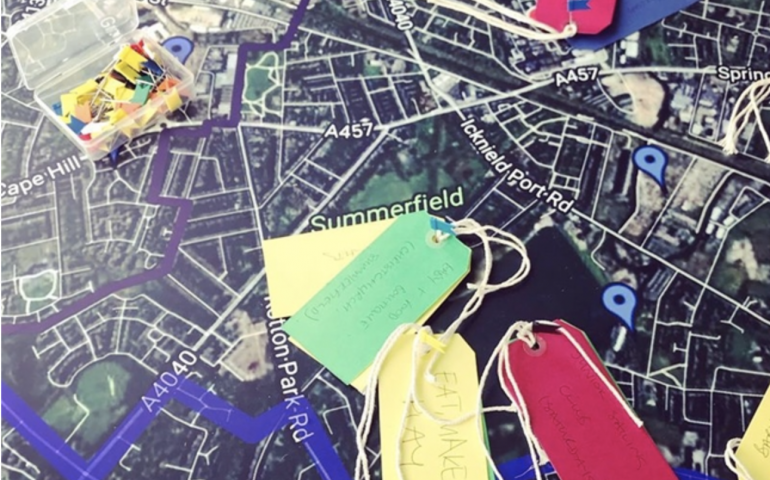Contact
Larger capital projects in poor neighbourhoods often do not lead to an improvement in the socio-economic situation of the local population. The USE-IT! project tested an approach that directly links the realisation of larger capital projects - here construction of a new hospital - with the improvement of the socio-economic situation of the population based on the existing local community skills, talents and ideas.
Despite larger investments, urban regeneration programmes and neighbourhood management the socio-economic situation of those citizens, living in deprived neighbourhoods in Birmingham, could not significantly be improved. Thus, USE-IT! pioneered innovative approaches to inclusive urban development combating poverty in areas of persistent deprivation. The objective was to use physical interventions directly to combat poverty by improving the socio-economic situation of the inhabitants; this was achieved by linking larger, physical interventions with skills and potentials of the inhabitants. The main solutions implemented are: matching people with overseas medical qualifications with job opportunities in the hospital to support employment and better health outcomes in the community, creating a community of social enterprises to support employment and boost social value, as well as developing community research in the local communities to identify and enable better local connections, unlock local skills and insights and link them with opportunities emerging from capital investment.
Large and diverse partnership of larger public, private and civic organisations working together with local embedded neighbourhood organisations. The partnership was built to complement each other’s specialist skills, knowledge and services, so that no organisation had to reinvent its own work for the purpose of the project and synergies could be achieved. The main target group are the local communities in the ethnically diverse and economically disadvantaged neighbourhoods. The governance/participation structure: Work Packages for each “solution” were set up. Each WP consisted of key partners who collaborated with local community organisations. Each WP was coordinated by WP lead who coordinated activities of their relevant delivery partners.
Due to the large and complex partnership, the communication and information flow between the partners has been a challenge. The Partnership needed time to build trust between the larger and the locally based third sector organisations to enable equitable working relationship. This also demanded a “cultural change” in the larger organisations and a change of the way they worked (change in institutional processes). So far, the main results are 250 migrants with medical skills that are connected with job opportunities in the new hospital, five new consortia of social enterprises, 1 new network of social entrepreneurs, 36 new and 39 established enterprises supported, £240,000 brought into the locality by supporting local organisations to access grants and new contracts, as well as 85 individuals completing ‘Community Research Training’, implementing 24 community research projects and more than £ 300k secured for future work.
Urban poverty is one of the main topics of the Urban Agenda for the EU. USE-IT! created a unique model of economic development that is inclusive and results in lasting urban regeneration, by raising aspirations, building community resilience, and connecting people to local resources. It draws on and contributes to the theory of community wealth building.
USE-IT! has demonstrated that creating the links between micro and macro assets is crucial to effective community wealth building, in effect ‘unlocking’ the potential of these assets. To transfer the USE-IT! approach, relevant partners have to learn to identify these assets and support individuals and groups to build on them to link them to the larger capital infrastructure/ investment projects. This demands an existence of a partnership of organisations responsible for the implementation of the larger capital infrastructure with locally based organisations that work with the local communities. All cities and neighbourhoods contain a range of assets. This include physical assets in the form of buildings and green spaces; financial assets in the form of businesses and investments; the financial assets of public, social and private institutions; community assets in the form of voluntary sector groups and social enterprises; and human assets.

